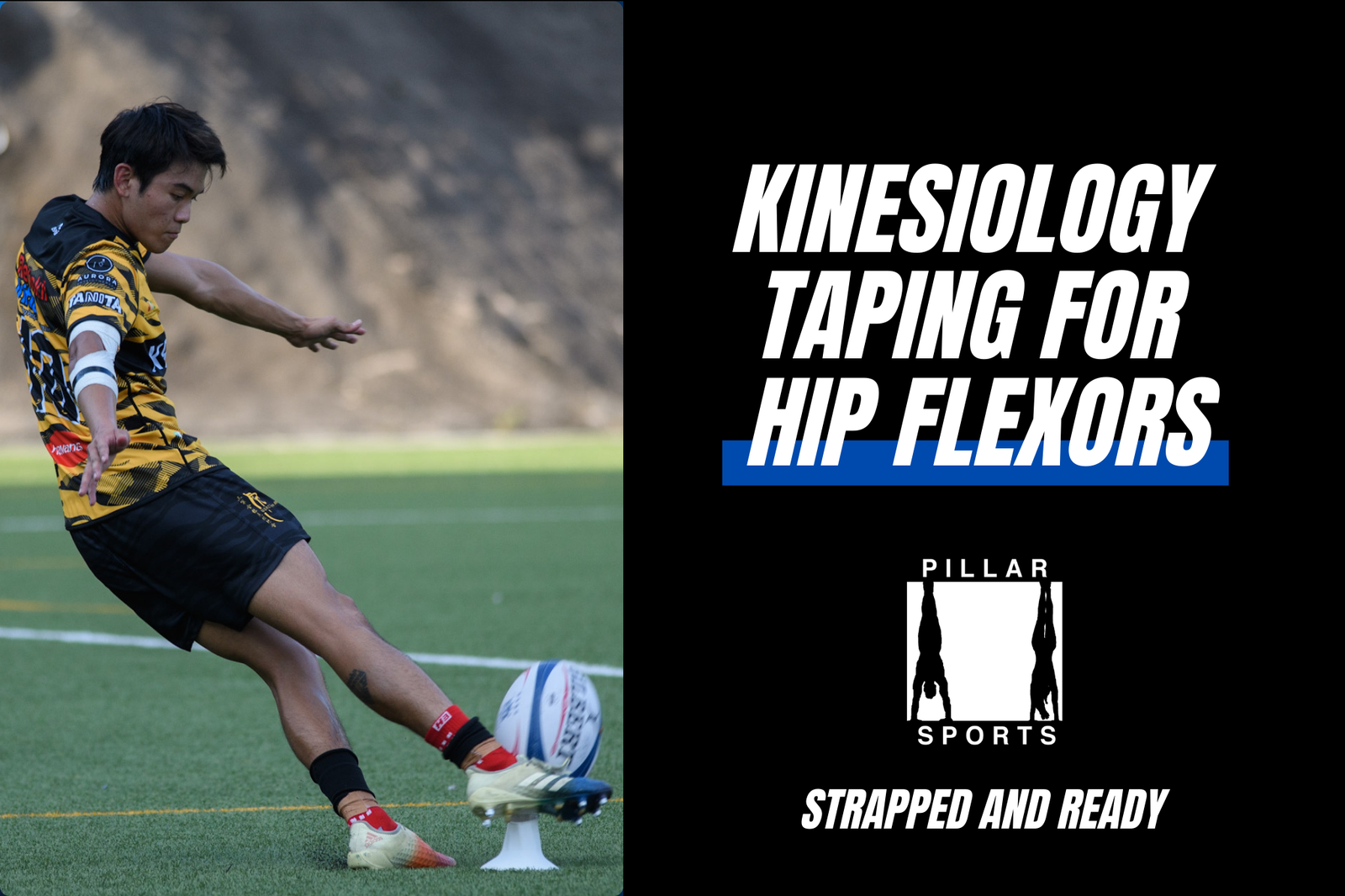
New here? Get HK$20 OFF your first order – min spend HK$300
Please be very aware that this information is neither intended nor implied to be a substitute for professional medical advice. Always seek the advice of your doctor or other qualified health professional before starting any new treatment or with any questions you may have regarding a medical condition.
Last updated on: August 19, 2025
Protecting your skin during exercise is simple when you use the right tools:
This is how you stay protected without compromising performance.
Whether you’re on the track, trail, court, or water, exposure to the sun is a given for athletes who train outdoors. While regular movement fuels strength and endurance, the sun’s intense UV rays can take a serious toll on your skin.
Looking for Sunscreens that will protect yourself when working out under the sun?
This guide will show you how to protect yourself from the sun while training and competing, using smart skincare habits and sport-specific products designed for performance. Whether you’re based in Hong Kong, Singapore, or anywhere the sun is strong, sun protection should be part of your routine.

As an athlete, your skin is regularly exposed to wind, sweat, friction, and UV rays. If not protected properly, this can lead to:
In places like Hong Kong and Singapore, where UV levels are high year-round, these effects are amplified. That’s why sun protection isn’t just about appearance—it’s about long-term performance and skin health.
PILLAR SPORTS IS AN AUTHORIZED PREMAX DISTRIBUTOR IN HONG KONG AND SINGAPORE!
Source: Premax.co

The first line of defence is a high-SPF, broad-spectrum sunscreen that can withstand sweat and movement. We recommend Premax Sport Sunscreen SPF50+—a non-greasy, breathable formula that’s water-resistant for up to 4 hours.
Apply 20 minutes before exposure and reapply regularly, especially after sweating or towelling.
In cooler, windier conditions, UV damage can still occur. A barrier-style facial cream like Premax Weather Defence Facial Cream adds protection against windburn, cold, and skin dehydration.
This combination creates a complete shield for your face—protecting it from both the sun and the elements.
Don’t forget:
These areas are especially prone to burns.
Try to train before 10am or after 3pm when UV intensity is lower. If you must train during peak sun hours, be extra diligent with sun protection and reapplication.

Apply sweat-resistant sunscreen 20 minutes before exercise, reapply regularly, wear UV-protective clothing, and hydrate your skin post-training.
Use a dry-touch formula like Premax Sport Sunscreen SPF50+, and pair it with Weather Defence Facial Cream for breathable protection that doesn’t block pores.
If you’re serious about your training, you need to take sun protection seriously, too. With products like Premax Sport Sunscreen and Weather Defence Cream, you can stay focused on your performance—knowing your skin is protected.
🛒 Check out our full range of sun protection products—available now with fast delivery in Hong Kong and Singapore.
Stay protected. Stay #StrappedAndReady.

Grab HK$20 OFF your first order of performance-tested tape & gear.
*when you spend HK$300 or more.*
Join 1,000+ athletes already training with Pillar Sports tape.
No spam. Unsubscribe anytime.